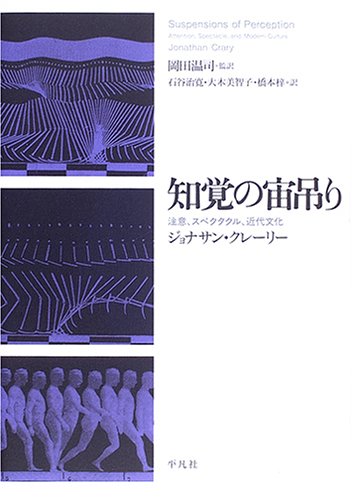- 著者
- 橋本 梓
- 出版者
- 美学会
- 雑誌
- 美学 (ISSN:05200962)
- 巻号頁・発行日
- vol.54, no.4, pp.69-82, 2004
The purpose in this study is to reconsider the relationship between Alberto Giacometti and Georges Bataille. This relationship was first noticed by Rosalind Krauss. In her study, she claimed that Giacometti's work has horizontality, and this responds to Bataille's "Bas Materialisme" which is an idea established in Documents. However, I think her argument is not complete because she undervalued another important character of Giacometti's work. That is violence, which means exactly death. Violence is also an important moment for "Bas Matreialisme" which is intended to collapse the philosophical hierarchy. According to Bataille's later works, this violence is banned ("interdit") in our daily life, but since we are attracted by it, it must be transgressed. Bataille claims the importance of death by showing "sacrifice" in which executor kills living thing or destroys non-living thing. In Giacometti's surrealist work, we can find some motives of murder or destruction. Those works represent the moment before the execution of murder or destruction. This Giacometti's work's special structure causes an impulse to destroy. In other words, it demands that the spectator should play the role of executor of "sacrifice". For example, in Fleur en danger, the spectator may want to cut the string which is pulling the wood bar, and that will cause the white thing ( it may symbolizes flower) to be destructed. The work provokes the spectator to confront the idea of death, both killing and being killed. Viewing Giacometti's work as "sacrifice" can be a false-experience of death.
3 0 0 0 OA [調査研究活動報告] 古代における「糖(飴)」の復元
- 著者
- 三舟 隆之 橋本 梓
- 出版者
- 国立歴史民俗博物館
- 雑誌
- 国立歴史民俗博物館研究報告 = Bulletin of the National Museum of Japanese History (ISSN:02867400)
- 巻号頁・発行日
- vol.209, pp.95-108, 2018-03-23
医療分野におけるICTの急速な進展により、近年大規模健康情報データベースの疫学的研究への利用が可能になったが、データベースに含まれるデータは、評価したい事象を必ずしもそのまま示すものではない。そのため、各々の研究で評価すべき項目である重要なアウトカム(疾病診断や診療内容、医薬品の使用など)は、診療報酬請求上用いられる単一又は複数のコードなどを組み合わせて規定されており、この定義をアウトカム定義という。本研究では各々の研究で用いられたアウトカム定義に関する情報を蓄積し、研究者間および利害関係者にて共有し研究の透明性を高めるためのレポジトリを構築し、恒常的な運営に繋げることを狙いとする。
1 0 0 0 IR 古代における「糖(飴)」の復元
- 著者
- 三舟 隆之 橋本 梓
- 出版者
- 国立歴史民俗博物館
- 雑誌
- 国立歴史民俗博物館研究報告 = Bulletin of the National Museum of Japanese History (ISSN:02867400)
- 巻号頁・発行日
- vol.209, pp.95-108, 2018-03
1 0 0 0 知覚の宙吊り : 注意、スペクタクル、近代文化
- 著者
- ジョナサン・クレーリー著 石谷治寛 大木美智子 橋本梓訳
- 出版者
- 平凡社
- 巻号頁・発行日
- 2005
